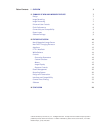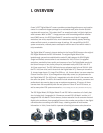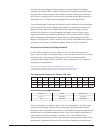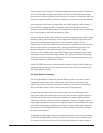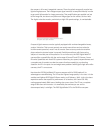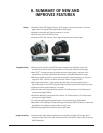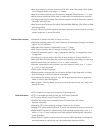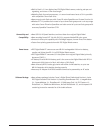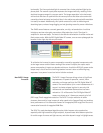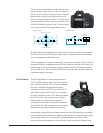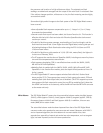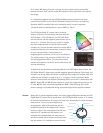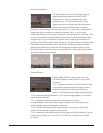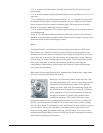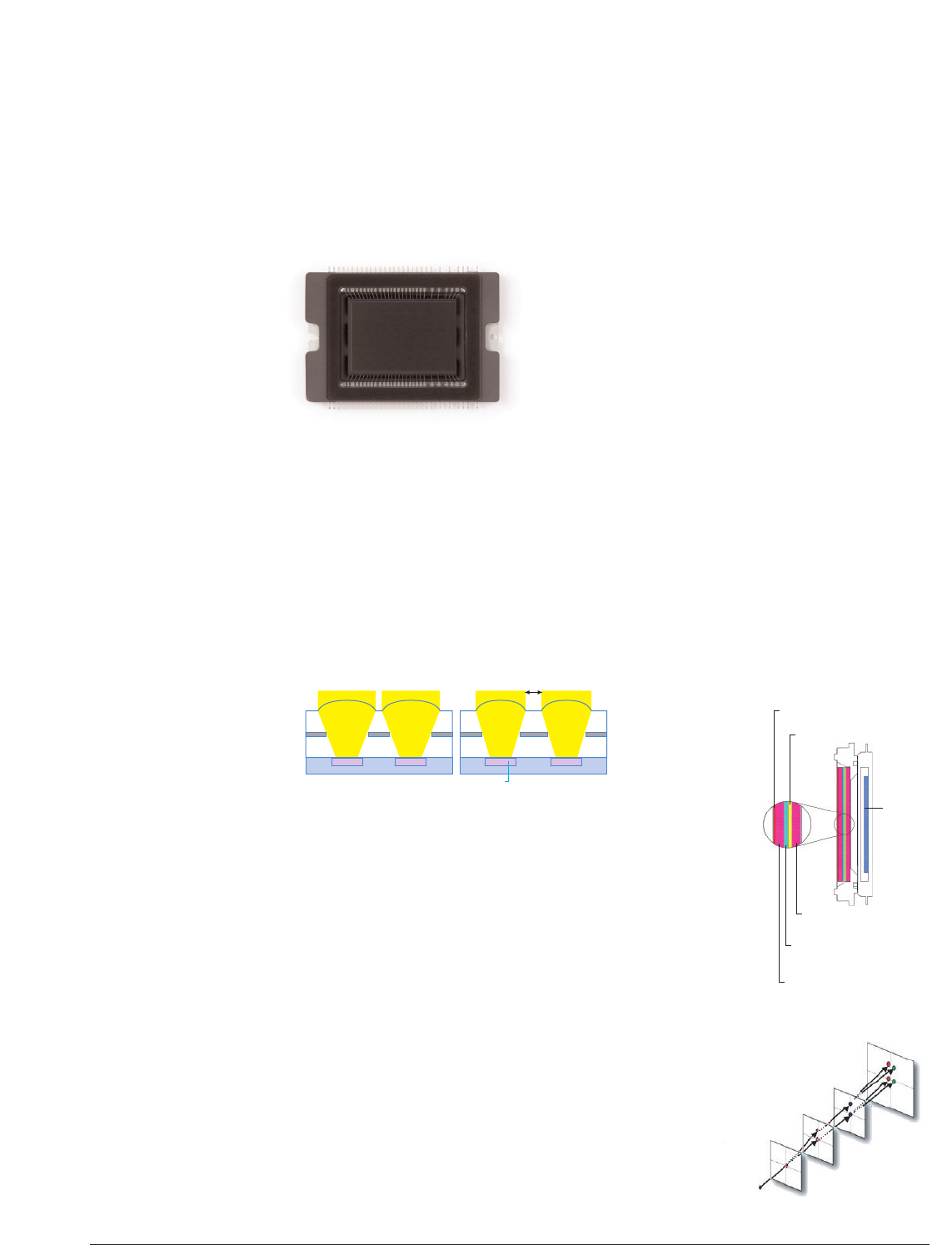
III. DISCUSSION 10
New 8 Megapixel
Image Sensor
The component of the new Canon EOS Digital Rebel XT
camera that will receive the most first-look attention is
the all-new, Canon-designed and manufactured, 8.0
effective megapixel, single-plate, CMOS sensor. It has a
2:3 aspect ratio (the same as 35mm film), with 2312 x
3472 effective pixels. The imaging surface is 22.2 mm by
14.8 mm, giving a focal length conversion factor of 1.6x.
Each pixel is a generous 6.4 µm square.
Several engineering features account for the sensor’s wide ISO range (100 to 1600), low
noise, high dynamic range, and low power consumption. The configuration of each
photo diode in each pixel has been optimized; detail processing has been improved,
and a greater portion of each pixel is now sensitive to light. The microlens array which
gathers light for the sensor has a new design, shared with the microlenses in the
EOS-1Ds Mark II, 1D Mark II and 20D that reduces the gaps between the lenses. This
narrow-gap array gathers light more efficiently and loses less light between the lenses.
The new, 3-layer optical low-pass filter has the same
construction as the EOS 20D’s filter, an infrared
ab
sorbing glass and three crystal plates having different
optical axes. A dichroic mirror with a dielectric,
multi-layer coating on the front surface deflects light over
a wide range of infrared wavelengths. There is also an
infrared-absorbing glass layer to absorb nearinfrared
wavelengths in the visible spectrum.
The low-pass filter incorporates two monocrystal plates
that separate the subject image into four horizontal and
vertical directions. Between these two plates is a phase
plate, also monocrystal, which converts the linear
polarized light into circular polarized light. The first
crystalline plate separates the image into two images
III. FEATURE DISCUSSION
CMO
S Sensor
Photodiode
Null area
Microlens gap
EOS Digital Rebel/EOS 300D DigitalEOS Digital Rebel XT
Low-pass Filter
(Separates image in
vertical direction)
Low-pass Filter
(Separates image in horizontal
direction)
Phase Layer
(Converts linear polarized
light into circular polarized light)
CMOS
Sensor
Dichroic Mirror
(Reflects Infrared Rays)
Infrared-absorbing Glass
Optical LPF
Optical LPF
Optical LPF
(phase plate)
Imaging
Element
Point light
source



